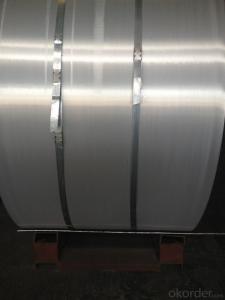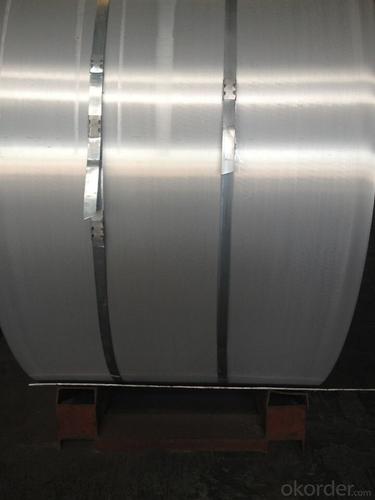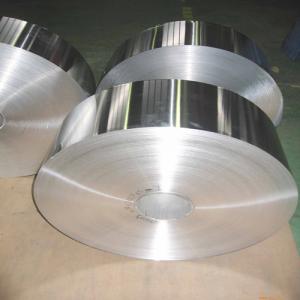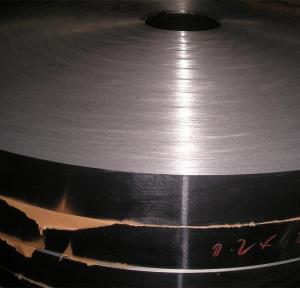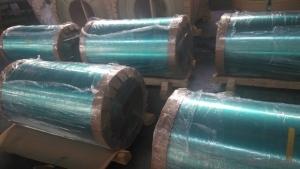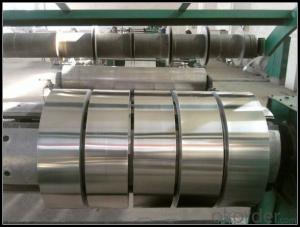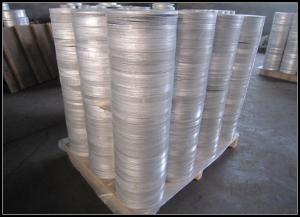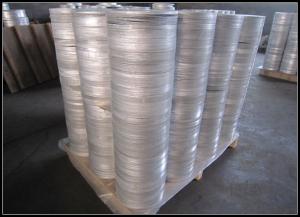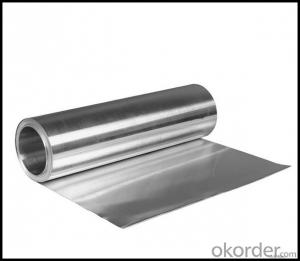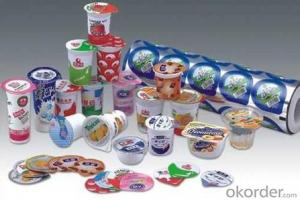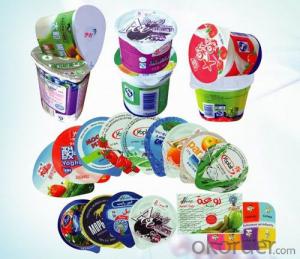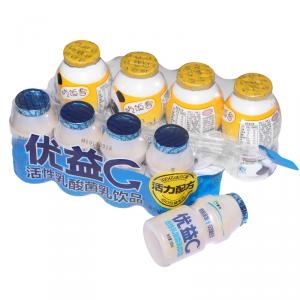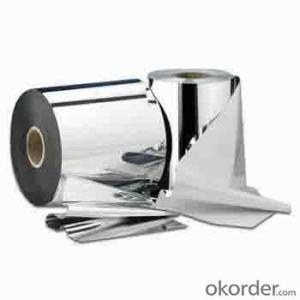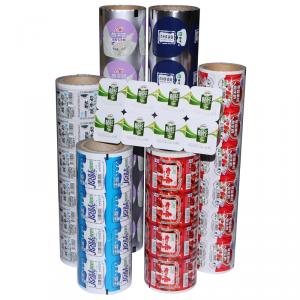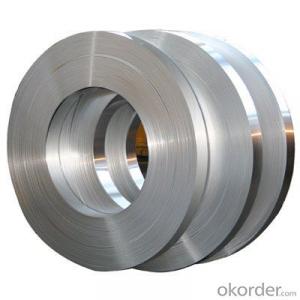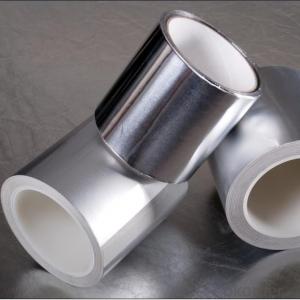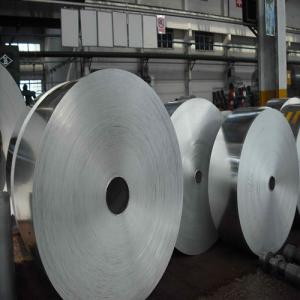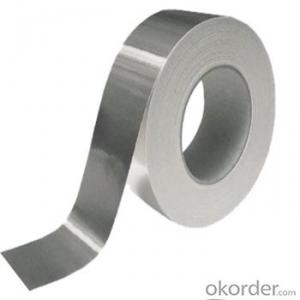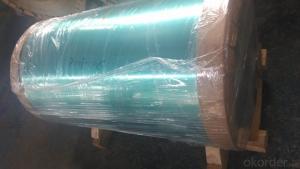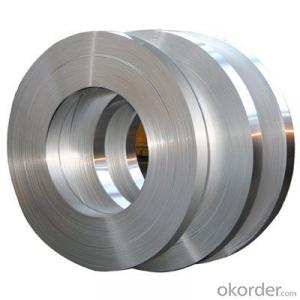Aluminum Lidding Foil for Yogurt Package with Aluminum Window Strips
- Loading Port:
- Shanghai
- Payment Terms:
- TT OR LC
- Min Order Qty:
- 5 m.t.
- Supply Capability:
- 100000 m.t./month
OKorder Service Pledge
OKorder Financial Service
You Might Also Like
1. Structure of Aluminum Lidding Foil for Yogurt Package
Our lidding foils are widely used in lid of yogurt package, dairy package. Our products have been very popular all over the world.
Our lidding foils meet the highest standards in its own mill while save the cost. Our strong quality control term bring you the most-qualified products. And with state-of-the-art equipment, and the state owned company background, we have to say, you will understand why there are so many company choose CNBM to be their supplier.
We have very strict inspection management. Test equipments include optical thickness gauge, cupping test machine, mettle Toledo, tensile-strength tester, busting strength tester, elongation tester, etc.
Application: lid of yogurt package, dairy package.
2.Main Features of Aluminum Lidding Foil for Yogurt Package
Moisture resistant
Light and easy for installation
Heat preservation
Low thermal conductivity
Durable and corrosion resistance
High heat reflection
Energy Saving
3. Aluminum Lidding Foil for Yogurt Package Images
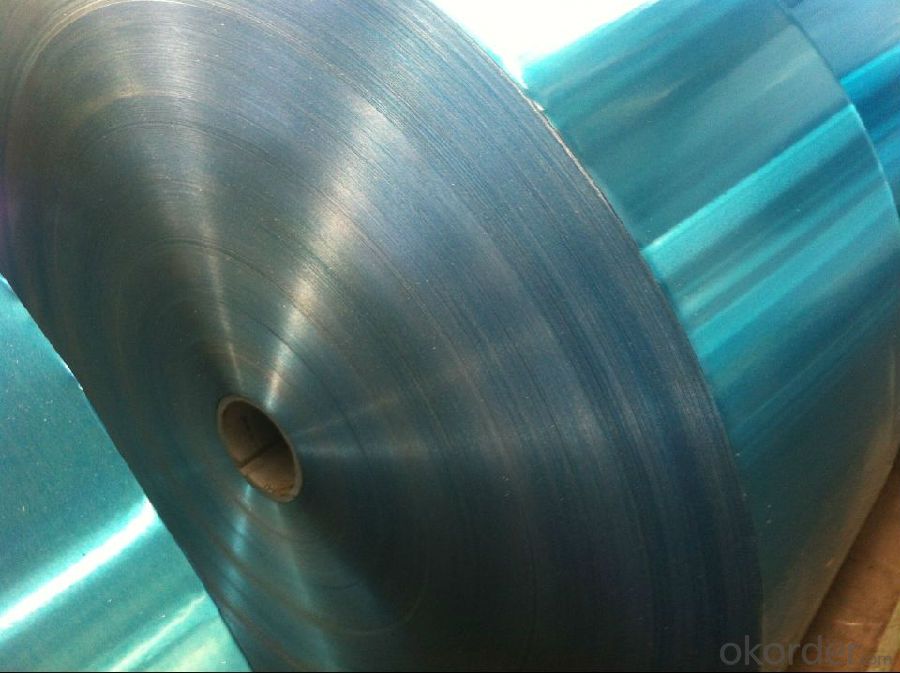
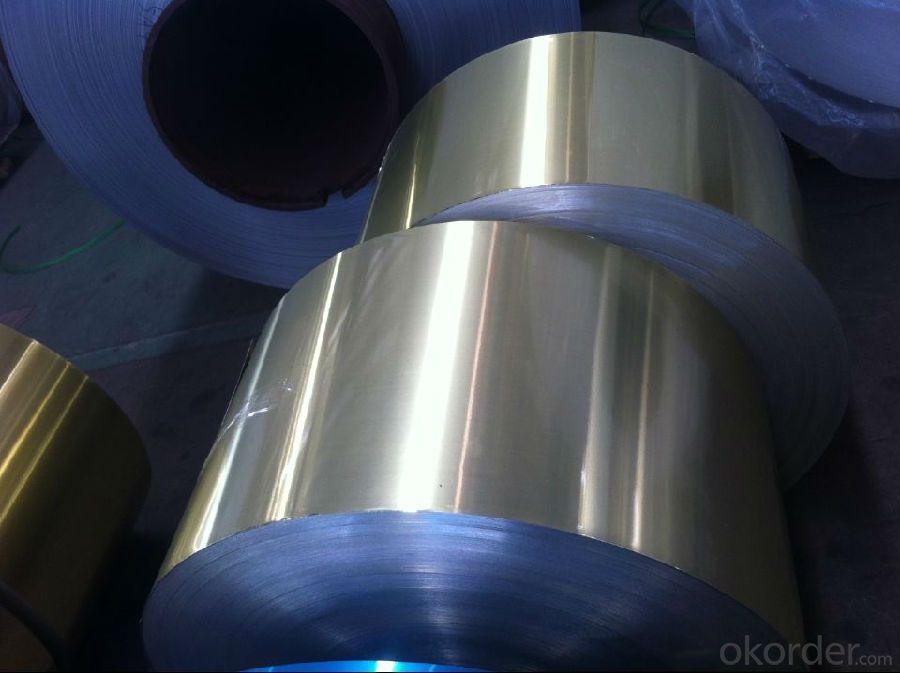
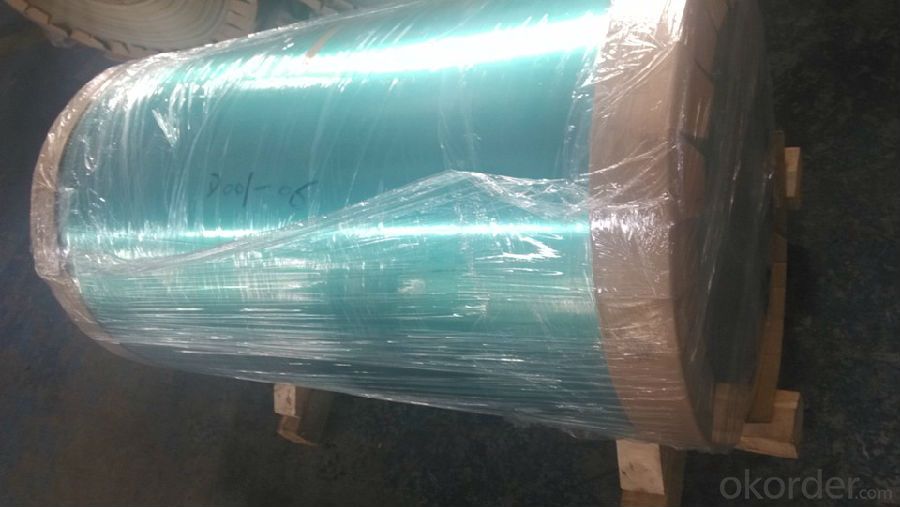
4.Specification of Aluminum Lidding Foil for Yogurt Package
Alloy 8011/1235
Temper: O
Thickness: 0.009mm-0.04mm (+/-6%)
Width: 200mm- 720mm
Standard: GB/T3198/ASTM-B209/EN546
Special Specification is available on customer’s requirement
5.FAQ
A.What about inspections to guarantee quality?
For each order, we will arrange strict inspection for raw materials, inspection during production and inspection for finished goods.
With requirement of customers, we also can arrange the third party inspection.
B.What about delivery?
We will put order in production schedule after order gets confirmed against copy of TT or L/C. Normally it takes about one month for production. Exact shipment schedule is different based on different sizes and quantity.
C.What is the MOQ?
5 tons for each size.
D. Where have you exported?
We have exported to many countries. Main markets include South East Asia, Middle East, North America, South America, etc.
- Q: What types of aluminum strips are known for their durability and longevity?
- <p>Yes, there are several types of aluminum strips known for their durability and longevity. These include 3003-H14, 5052-H32, and 6061-T6 aluminum alloys. 3003-H14 is known for its excellent corrosion resistance and formability, making it ideal for applications requiring high durability. 5052-H32 offers good strength, corrosion resistance, and weldability, suitable for marine and structural applications. 6061-T6 is valued for its high strength-to-weight ratio and is commonly used in aerospace and automotive industries where long-lasting performance is crucial. Proper surface treatments and coatings can further enhance the durability and longevity of aluminum strips.</p>
- Q: Aluminum tape spraying process, please?
- (1) surface pretreatment, mainly degreasing and rust removing, the method is the same as that of liquid paint(2) putty. According to the degree of workpiece defects, coated with conductive putty, after drying with sandpaper grinding smooth, you can carry out the next process(3) protection (also known as covering). If some parts of the workpiece do not require coating, it can be covered with protective glue before preheating so as to avoid spraying paint
- Q: What are the environmentally friendly options for aluminum strips?
- <p>Yes, there are environmentally friendly types of aluminum strips. Recycled aluminum strips are more eco-friendly as they require significantly less energy to produce compared to virgin aluminum. Additionally, using aluminum strips with a high recycled content reduces waste and conserves natural resources. Another option is to look for aluminum strips that are produced using renewable energy sources, which further reduces their carbon footprint. Lastly, choosing aluminum strips with a lower coating or treatment that is biodegradable or has a lower environmental impact can also contribute to their environmental friendliness.</p>
- Q: This question asks about the uses of aluminum strips within the construction industry.
- <p>Aluminum strips are widely used in construction due to their strength, durability, and resistance to corrosion. They are commonly used in the manufacturing of window and door frames, as they are lightweight and provide excellent thermal insulation. Aluminum strips are also used in the construction of scaffolding, roofing, and cladding systems due to their high strength-to-weight ratio and ease of installation. Additionally, they are employed in electrical wiring as conduits and in the framing of structural components due to their non-magnetic and non-sparking properties, making them safe for use around electrical equipment.</p>
- Q: What types of aluminum strips are better suited for specific uses?
- <p>Yes, different types of aluminum strips are more suitable for specific applications based on their properties. For instance, 1100 series aluminum strips are pure and have excellent formability, making them ideal for deep drawing applications. 3003 series strips are commonly used for chemical equipment, shipbuilding, and aircraft structures due to their good corrosion resistance and weldability. 5052 series strips are known for their high strength and are often used in marine applications and transportation vehicles. 6061 series strips are popular for structural applications requiring strength and good corrosion resistance, such as in the construction and automotive industries. The choice of aluminum strip depends on the specific requirements of the application, including strength, formability, corrosion resistance, and environmental factors.</p>
- Q: Is it possible to utilize aluminum strips in the construction of bicycle frames?
- <p>Yes, aluminum strips can be used for bicycle frames. Aluminum is a popular material for bicycle frames due to its lightweight, high strength, and good corrosion resistance. It offers a good balance between weight and durability, making it suitable for various types of bicycles, including road, mountain, and hybrid bikes. Aluminum frames are also known for their ability to absorb road vibrations, providing a smoother ride.</p>
- Q: The user is asking if it is possible to apply paint or stain to aluminum siding after it has been installed.
- <p>Yes, you can paint or stain aluminum siding after installation, but it requires proper preparation. The surface must be thoroughly cleaned to remove any dirt, grease, or factory applied oils. A high-quality primer compatible with aluminum is essential before applying paint or stain. Use a paint or stain specifically designed for metal surfaces to ensure adhesion and durability. Always follow the manufacturer's instructions for the best results.</p>
- Q: What effect does the aluminum pulley bring to the belt?
- Belt pulley with aluminum, absolutely assured, at present most of the design belt pulley, all with aluminum
- Q: Can the 6 square aluminum wires carry 3 pieces of air?
- 6 square aluminum core copper wire line is equivalent to 4 square, line laying the safety current of about 25A, can withstand the electric power of 5500 watts or less, while the air conditioning refrigeration power three 2500 watt in general, heating and electric power auxiliary is 5000 Watt or less, so the use of aluminum the core 6 square is no problem.
- Q: Describe the steps involved in the manufacturing process of aluminum strips.
- <p>The process for manufacturing aluminum strips involves several key steps. Initially, aluminum ingots are melted in a furnace, often using a direct current furnace for better control over the melting process. The molten aluminum is then poured into molds to create a cast billet. This billet is then heated and passed through a series of rolling mills to reduce its thickness and achieve the desired strip dimensions. During rolling, the aluminum is continuously cooled to control its temperature and maintain its mechanical properties. After rolling, the aluminum strip may undergo additional processes such as annealing to improve ductility or coating to provide a protective layer. Finally, the strip is cut to length, inspected for quality, and packaged for distribution.</p>
Send your message to us
Aluminum Lidding Foil for Yogurt Package with Aluminum Window Strips
- Loading Port:
- Shanghai
- Payment Terms:
- TT OR LC
- Min Order Qty:
- 5 m.t.
- Supply Capability:
- 100000 m.t./month
OKorder Service Pledge
OKorder Financial Service
Similar products
Hot products
Hot Searches
Related keywords
